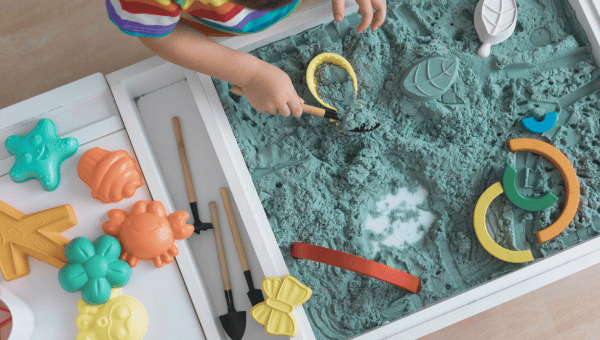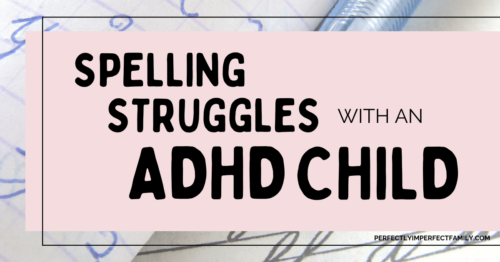Making Christmas Less About Presents and More About Family
As my children grow older, I’ve realized that traditional Christmas gifts no longer hold the same magic. A family trip to Puerto Vallarta last summer shifted my perspective — our shared experiences meant more than any present. This year, we chose an experience gift: e-bikes, something we can enjoy together. Making memories matters more than just buying things.
The Easiest Meal Plan For Busy Families!
Meal planning used to feel overwhelming, but I’ve found a simple system that works. Using a large school-year calendar and a notepad, I plan dinners two weeks at a time. This reduces grocery trips and last-minute stress. Writing everything down keeps me organized, and my kids always know what’s for dinner. What’s your meal-planning strategy?
Spelling Struggles With an ADHD Child
I didn’t realize spelling struggles were common for kids with ADHD until my son was older. Looking back, I wish I had known sooner — it would have saved us both frustration. He’s still a great student despite the challenge. If your child struggles with spelling, be patient. They’ll be just fine! What strategies have worked for you?
3 Summer Rules for Our Summer Vacation – Lessons Learned
Our summer was a whirlwind of travel, fun, and, honestly, a bit of chaos. Our well-intended summer rules quickly fell apart, but that’s okay — we still had a great time! Failure isn’t the end; it’s a chance to adjust for next year. How did your summer go? Did your plans work out? Let’s share!
Don’t Allow Sleepovers? Have a Late Night Instead!
Instead of sleepovers, our family does “late nights,” where friends come over for food, games, and fun until 10 or 11 PM. It’s a great way for kids to socialize while keeping things simple. From board games to movie nights, there’s always laughter! How does your family handle sleepovers? Let’s share ideas!
3 Summer Rules for Our Summer Vacation
To keep summer from turning into a lazy free-for-all, I’ve set up simple rules and chores for my kids. They must get ready, complete daily tasks, and help around the house before enjoying free time. It’s not always perfect, but structure helps! Do you have summer rules for your kids?









